Every January 17th marks San Antón (Saint Anthony Abbot) in Spain, the patron saint of pets.
This Egyptian Christian born in the 3rd century AD was initially known as the patron saint of pigs, as during mediaeval times, the Antonians – the monks who revered him, raised pigs to feed the poor and to conjure up medicinal ointments.
Fortunately for San Antón, he eventually became known as the patron saint of all pets, as legend has it he learnt to communicate with animals during his times alone in the desert, and that to this day every January 17th the animals can also speak back.
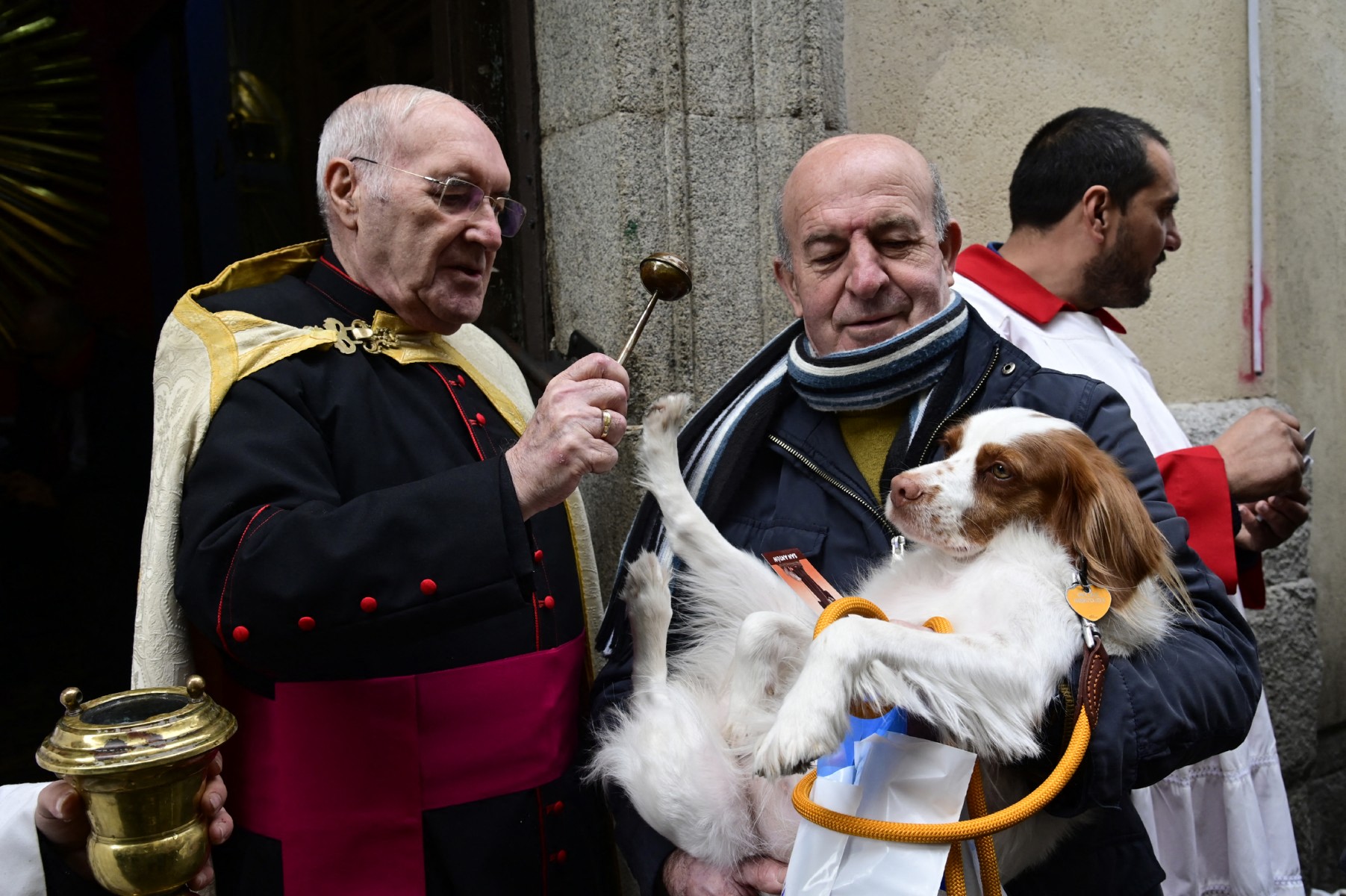
As is often the norm in Spain, religion and superstition have merged into a centuries-old tradition that to outsiders is both outlandish and fun.
READ ALSO: How Catholic are people in Spain nowadays?
Pet owners across the country mark San Antón by taking their furry friends to a local church for the archbishop’s or priest’s blessing, in order for them to have protection for the year ahead.
People sometimes queue for hours to then have a cleric sprinkle holy water on their beloved mascotas (pets in Spanish), something that’s not always appreciated by the animals themselves.
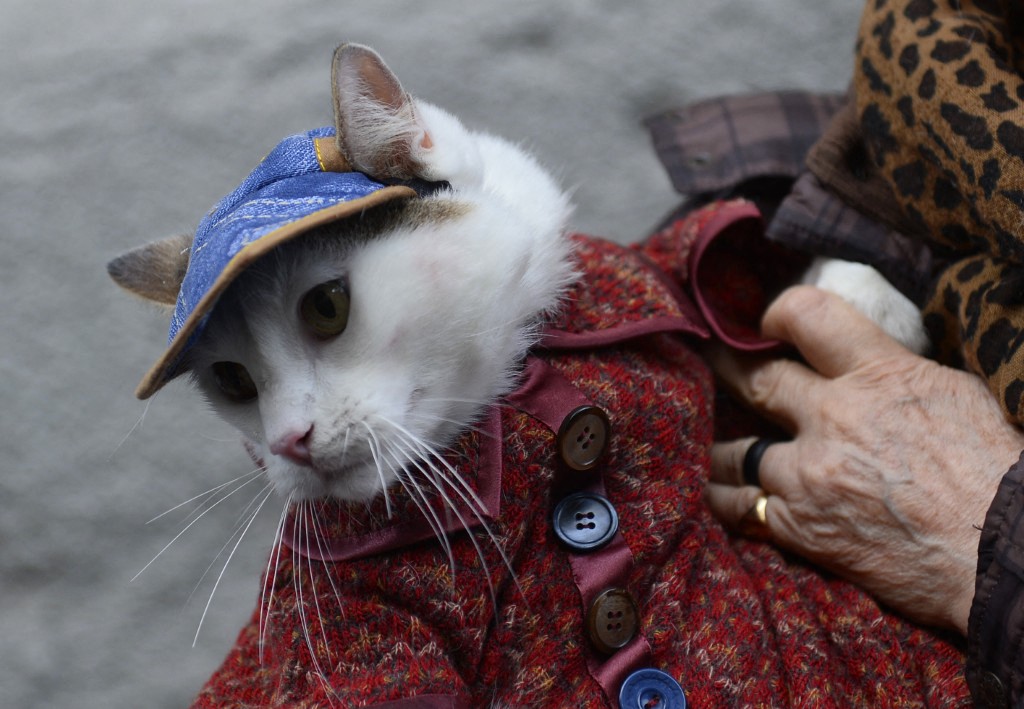
In Madrid it’s the church on Calle Hortaleza in the centre of the city which gathers the biggest crowds for the priests’ blessings, followed by the so-called Vueltas de San Antón, which sees pets paraded through the nearby streets.
And it’s not just cats and dogs that get the holy treatment. Geese, ponies, horses, sheep, ferrets, rabbits, coatis, you name it.
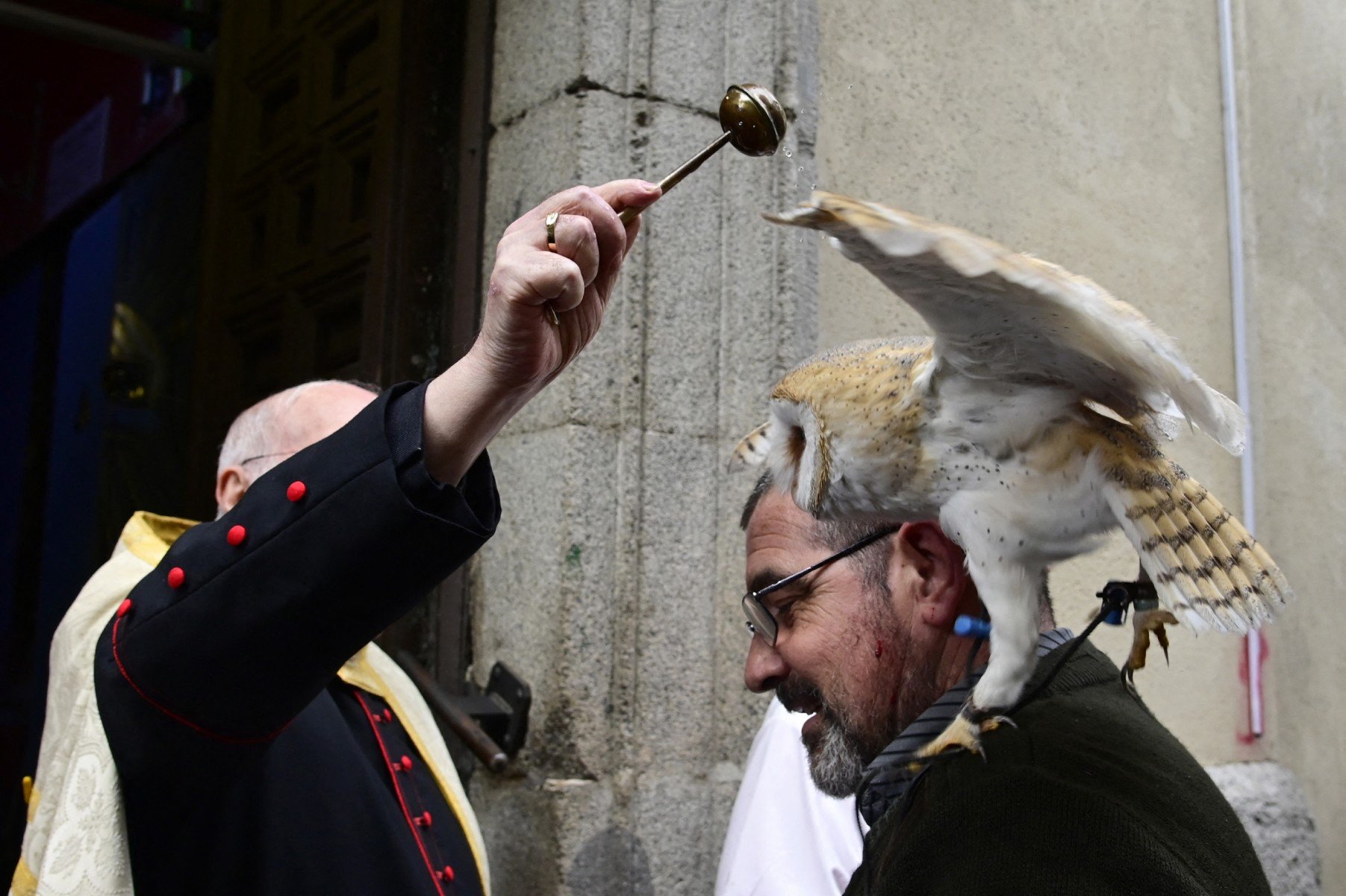
Pamplona, Zaragoza, Madrid, Valencia, Oviedo, Málaga and many more Spanish towns and cities see similar celebrations, many of which also include the handout of small baguettes to the pet owners.

In other parts of Spain, the blessing of the animals coincides with other quirky celebrations.
In Mallorca, for example, people dressed as demons walk the streets and set off fireworks as well.
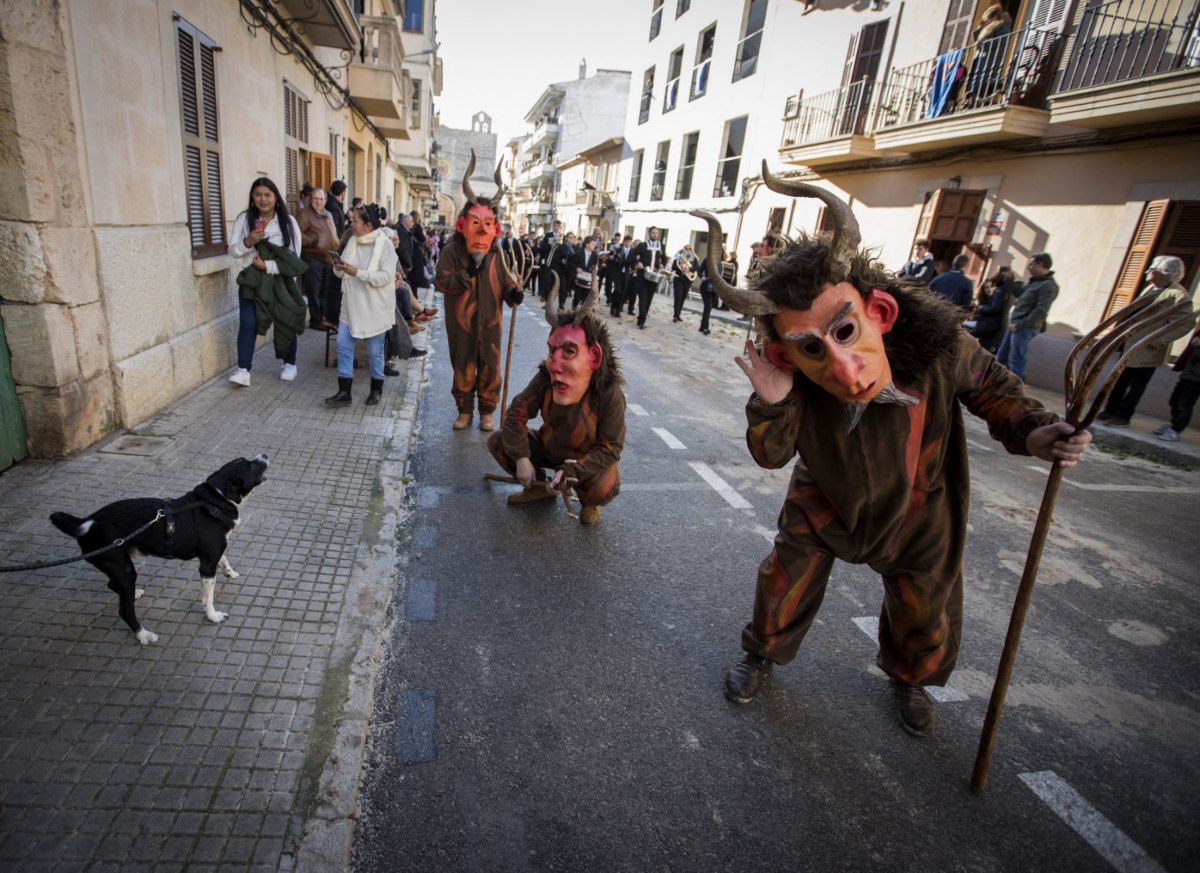
In Ciudad Real in central Spain, a huge bonfire is lit to pay homage to the local pets that have died recently.
In villages in Guadalajara and Toledo, the blessing of the pets is held at the same time as pagan celebrations which also include demons and fancy dress.

Despite many Spanish traditions being based around animal cruelty and that the country has one of the highest rarest of pet abandonment in Europe, it’s fair to say that overall Spain is a nation of dog lovers in particular.
In fact, there are more dogs than children under 14 in Spain, 9.2 million compared to 6.6 million, according to 2023 figures from the country’s national statistics agency (INE).
There were also 5.9 million cats registered as pets in Spain in 2022.
READ ALSO: Seven key points from Spain’s new animal welfare law


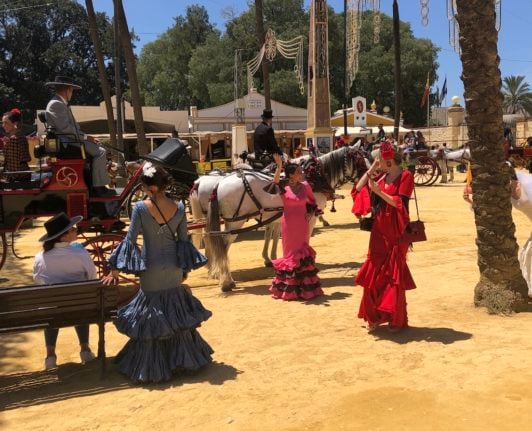




 Please whitelist us to continue reading.
Please whitelist us to continue reading.
Member comments